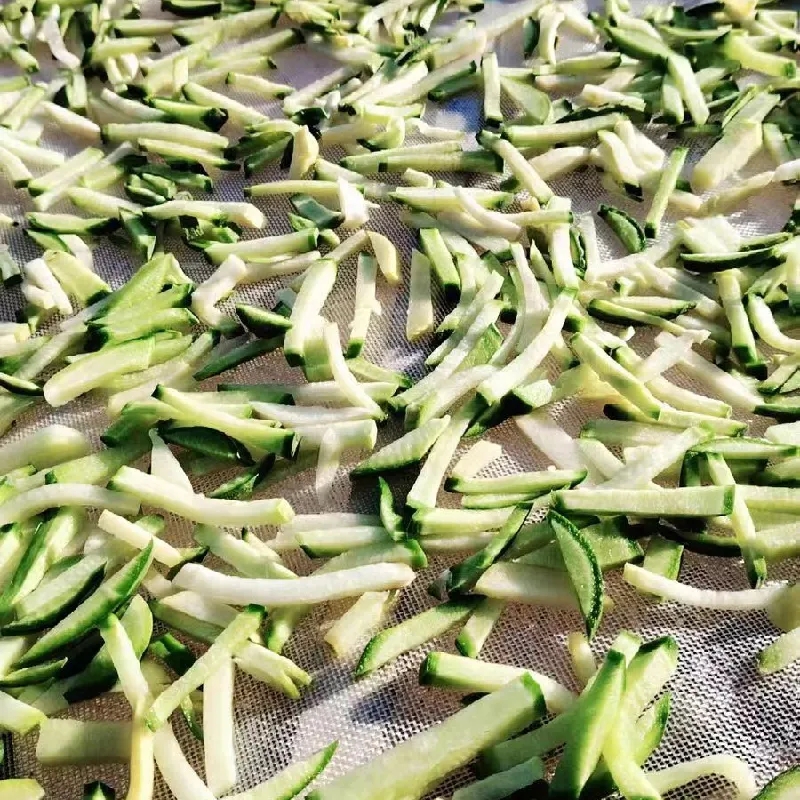-
 Afrikaans
Afrikaans -
 Albanian
Albanian -
 Amharic
Amharic -
 Arabic
Arabic -
 Armenian
Armenian -
 Azerbaijani
Azerbaijani -
 Basque
Basque -
 Belarusian
Belarusian -
 Bengali
Bengali -
 Bosnian
Bosnian -
 Bulgarian
Bulgarian -
 Catalan
Catalan -
 Cebuano
Cebuano -
 China
China -
 Corsican
Corsican -
 Croatian
Croatian -
 Czech
Czech -
 Danish
Danish -
 Dutch
Dutch -
 English
English -
 Esperanto
Esperanto -
 Estonian
Estonian -
 Finnish
Finnish -
 French
French -
 Frisian
Frisian -
 Galician
Galician -
 Georgian
Georgian -
 German
German -
 Greek
Greek -
 Gujarati
Gujarati -
 Haitian Creole
Haitian Creole -
 hausa
hausa -
 hawaiian
hawaiian -
 Hebrew
Hebrew -
 Hindi
Hindi -
 Miao
Miao -
 Hungarian
Hungarian -
 Icelandic
Icelandic -
 igbo
igbo -
 Indonesian
Indonesian -
 irish
irish -
 Italian
Italian -
 Japanese
Japanese -
 Javanese
Javanese -
 Kannada
Kannada -
 kazakh
kazakh -
 Khmer
Khmer -
 Rwandese
Rwandese -
 Korean
Korean -
 Kurdish
Kurdish -
 Kyrgyz
Kyrgyz -
 Lao
Lao -
 Latin
Latin -
 Latvian
Latvian -
 Lithuanian
Lithuanian -
 Luxembourgish
Luxembourgish -
 Macedonian
Macedonian -
 Malgashi
Malgashi -
 Malay
Malay -
 Malayalam
Malayalam -
 Maltese
Maltese -
 Maori
Maori -
 Marathi
Marathi -
 Mongolian
Mongolian -
 Myanmar
Myanmar -
 Nepali
Nepali -
 Norwegian
Norwegian -
 Norwegian
Norwegian -
 Occitan
Occitan -
 Pashto
Pashto -
 Persian
Persian -
 Polish
Polish -
 Portuguese
Portuguese -
 Punjabi
Punjabi -
 Romanian
Romanian -
 Russian
Russian -
 Samoan
Samoan -
 Scottish Gaelic
Scottish Gaelic -
 Serbian
Serbian -
 Sesotho
Sesotho -
 Shona
Shona -
 Sindhi
Sindhi -
 Sinhala
Sinhala -
 Slovak
Slovak -
 Slovenian
Slovenian -
 Somali
Somali -
 Spanish
Spanish -
 Sundanese
Sundanese -
 Swahili
Swahili -
 Swedish
Swedish -
 Tagalog
Tagalog -
 Tajik
Tajik -
 Tamil
Tamil -
 Tatar
Tatar -
 Telugu
Telugu -
 Thai
Thai -
 Turkish
Turkish -
 Turkmen
Turkmen -
 Ukrainian
Ukrainian -
 Urdu
Urdu -
 Uighur
Uighur -
 Uzbek
Uzbek -
 Vietnamese
Vietnamese -
 Welsh
Welsh -
 Bantu
Bantu -
 Yiddish
Yiddish -
 Yoruba
Yoruba -
 Zulu
Zulu
fish breeding net
Fish Breeding Nets A Sustainable Solution for Aquaculture
Fish breeding nets have become an essential tool in the field of aquaculture, providing innovative solutions to some of the industry's most pressing challenges. As the demand for fish continues to grow globally, sustainable practices are crucial to ensuring that fish farming can meet this demand without compromising environmental health. Fish breeding nets facilitate a more efficient and effective approach to breeding and rearing fish in controlled environments.
The primary function of fish breeding nets is to create a safe and supportive environment for fish to reproduce and develop. These nets are typically designed to allow for optimal water circulation while preventing the escape of young fish, known as fry. By using breeding nets, aquaculturists can closely monitor the growth and health of their fish, minimizing the risks associated with predation and disease. This controlled environment is especially important for species that are sensitive to environmental changes or require specific breeding conditions.
One of the key advantages of using fish breeding nets is the enhancement of breeding success rates. Traditional breeding methods often involve open water, where various factors such as predators, water quality, and competition can impact fry survival. In contrast, breeding nets provide a contained space where environmental conditions can be monitored and maintained. This leads to higher survival rates for young fish, which is crucial for the sustainability of fish populations.
fish breeding net

Moreover, fish breeding nets support the practice of selective breeding. Aquaculturists can easily manage the breeding pairs within the nets, selecting for desirable traits such as growth rate, disease resistance, and flavor. This selective breeding is vital for developing stronger fish stocks that can thrive in both farmed and wild environments, thus contributing to the overall health of aquatic ecosystems.
Additionally, breeding nets can significantly reduce the ecological impact of fish farming. By keeping juvenile fish in controlled environments, aquaculturists can limit the introduction of non-native species and manage waste output effectively. This responsible approach helps in preserving local biodiversity and minimizes the likelihood of overfishing in natural habitats.
As the global population continues to rise, the need for sustainable fish production methods becomes increasingly urgent. Fish breeding nets represent a vital innovation in aquaculture, allowing for efficient breeding and rearing of fish while maintaining environmental integrity. By adopting these practices, the aquaculture industry can contribute positively to food security and environmental stewardship, ensuring that future generations can enjoy the benefits of a healthy aquatic ecosystem.
In conclusion, fish breeding nets are more than just a tool for fish farming; they symbolize a shift toward sustainable practices that can help meet the growing demand for seafood while protecting our planet's precious resources.
-
Shipping Plastic Bags for Every NeedNewsJul.24,2025
-
Safety Netting: Your Shield in ConstructionNewsJul.24,2025
-
Plastic Mesh Netting for Everyday UseNewsJul.24,2025
-
Nylon Netting for Every UseNewsJul.24,2025
-
Mesh Breeder Box for Fish TanksNewsJul.24,2025
-
Expanded Steel Mesh Offers Durable VersatilityNewsJul.24,2025











